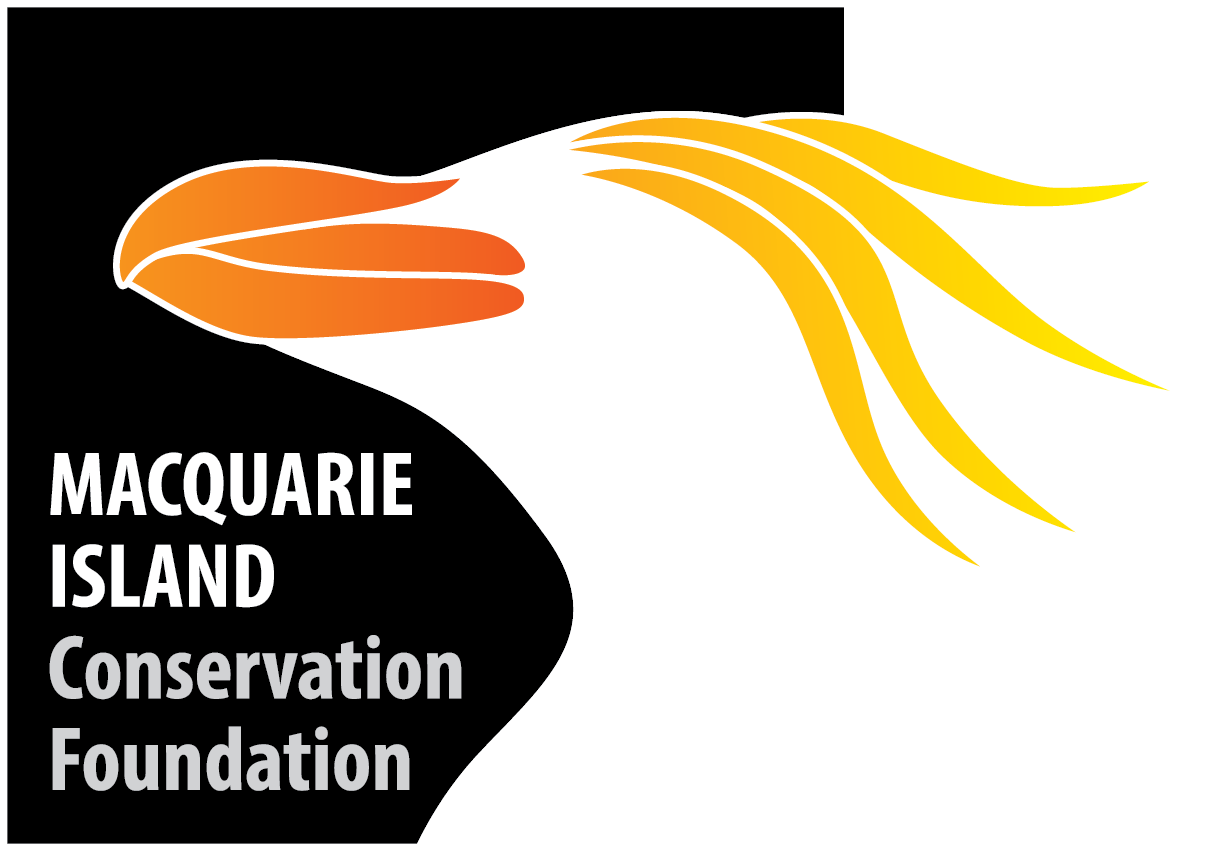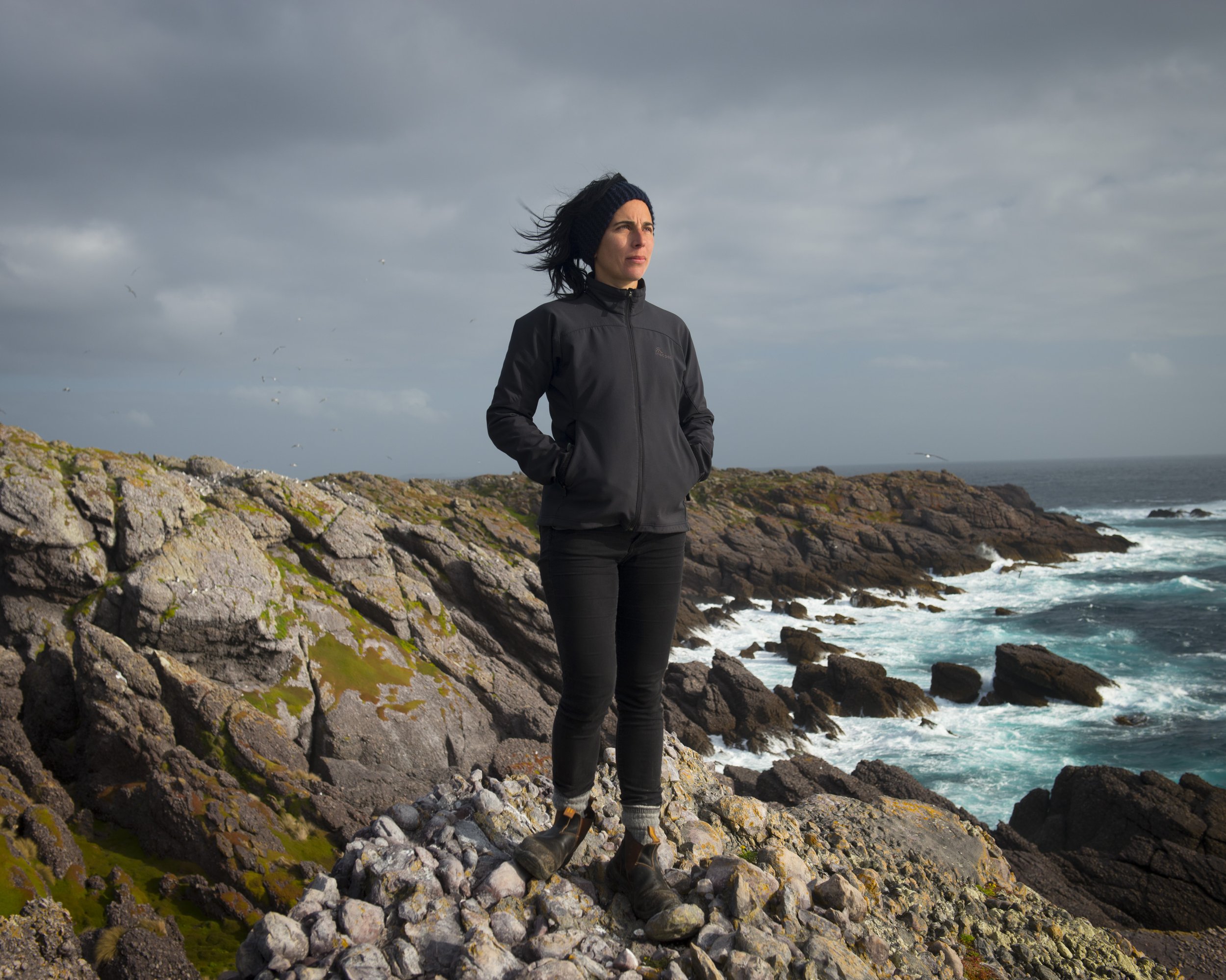International Day of Women and Girls in Science
By Julie McInnes
Today is a day to promote equal opportunity and access for women to work in scientific occupations. Although the proportion of women in science, technology, engineering and mathematics (STEM) has increased over recent decades, they are still under represented. Having female role models is also incredibly important for young women considering a career in science. For me, it showed me that I wanted to use science to protect and conserve nature.
Macquarie Island has not always been accessible to female scientists and it wasn’t until 1959 that the first women went to Macquarie Island. These woman were the scientists Hope Macpherson, Susan Ingham, Isobel Bennett and Mary Gillham who carried out fauna and flora surveys on the island. But it was another 20 years before the first woman was able to overwinter on the island. (Image Museum Victoria).
Today the Macquarie Island Conservation Foundation would like to recognise some of the incredible women who have worked tirelessly to protect and conserve Macquarie Island through long-term scientific programs. These women are an inspiration to many of us who work in the field and today their achievements should be celebrated. Through their scientific endeavours and passion, these women (and so many others) have contributed greatly to what we know about the island’s ecology, biodiversity and threats, to inform conservation initiatives. The list of inspiring women would be long if we included everyone, so below are a select few of these incredible women. Thanks to you all from the Macquarie Island community.
Dr Patricia Selkirk (AC AAM)
Patricia is a botanist and ecologist who first visited Macca in 1979 and was a pioneer for female scientists on the island. Patricia was the first author of the 2008 seminal book "Subantarctic Macquarie Island: Environment and Biology" which put the science of Macquarie island ecosystems on the global map. She was the first scientist to recognise the importance of studying climate change in the region. For her pioneering role, both as role model for women and girls in STEM as well is her outstanding science, she was recognised in 2022 by being appointed to the Companion of the Order of Australia, the country's highest recognition of service (Image Patricia Selkirk).
Dr Jenny Scott
Jenny first went to Macquarie Island in 1979 with Patricia Selkirk. Jenny’s passion for the island led to long-term vegetation monitoring and involvement in the first season of the Albatross and Giant Petrel monitoring program that are both still in place today. The vegetation and erosion changes shown through Jenny’s work were instrumental for highlighting the impact of invasive species on the island. Over many years of campaigning Jenny and others were able to leverage support for the eradication of rabbits, rats and mice (Image Jenny Scott).
Prof Dana Bergstrom
Dana first went to Macquarie Island in 1983 and over the last four decades has worked to understand and mitigate risks to sub-Antarctic ecosystems. Her focus has included investigating the impacts of invasive species, undertaking evidence-based conservation planning, and the study of rapid ecosystem changes (including the Azorella dieback). Dana is also passionate about communicating science to the community and has inspired the next generation of scientists, including many women, on the importance of Macca (Image Dana Berstrom).
Dr Jennie Whinam
Jennie first went to the island in 1988 and has been instrumental in the development of long-term vegetation monitoring points on the island with Tasmania Parks and Wildlife Service. These data highlighted the impacts of rabbits on the island and were used to leverage support for the rabbit eradication. Jennie has also been a key scientist in investigating the Azorella dieback on the island and has helped instigate awareness around biosecurity measures on the island, helping protect and conserve the island for future generations (Image Jennie Whinam)
Dr Justine Shaw
Justine first ventured to Macquarie Island in 1996 and has been a strong leader in sub-Antarctic conservation and science ever since. Justine focuses on ecosystem-wide changes and investigates how species are interacting in the environment. Justine has been a strong advocate for Macca and in recent years has been instrumental in the assessment of ecosystem recovery post-eradication of pests. Justine is also a strong advocate for early career researchers, with her list of students including some incredible and inspiring women. (Image Justine Shaw)
Dr Rachael Alderman
Rachael first went to Macquarie Island in 1999 where she worked on fur seals. Rachael’s passion for the island and threatened species conservation over the following two decades enabled the ongoing protection and conservation of seabird and seal species on the island. During this time Rachael led the long-term Albatross and Giant Petrel program, helped develop and shape Parks and Wildlife Service wildlife monitoring on the island before, during and after the pest eradication, and is an ongoing champion for threatened species conservation (Image Matthew Newton).
Dr Krystyna Saunders
Krystyna first headed south to Macca in 2006 to reconstruct past climates and ecosystems from sedimentary lake records. These data date back 12,000 years, providing fundamental information of historic climate records, highlighting recent human impacts over the last 150 years, and enabling future climate projections for the region. Krystyna’s research takes her and her team to many of the 42 lakes on the island, allowing her to examine life in these waterbodies and assess the impacts of feral animals on lakes and their catchments. Krystyna is also a keen collaborator and strong advocate for early career researchers and students.








